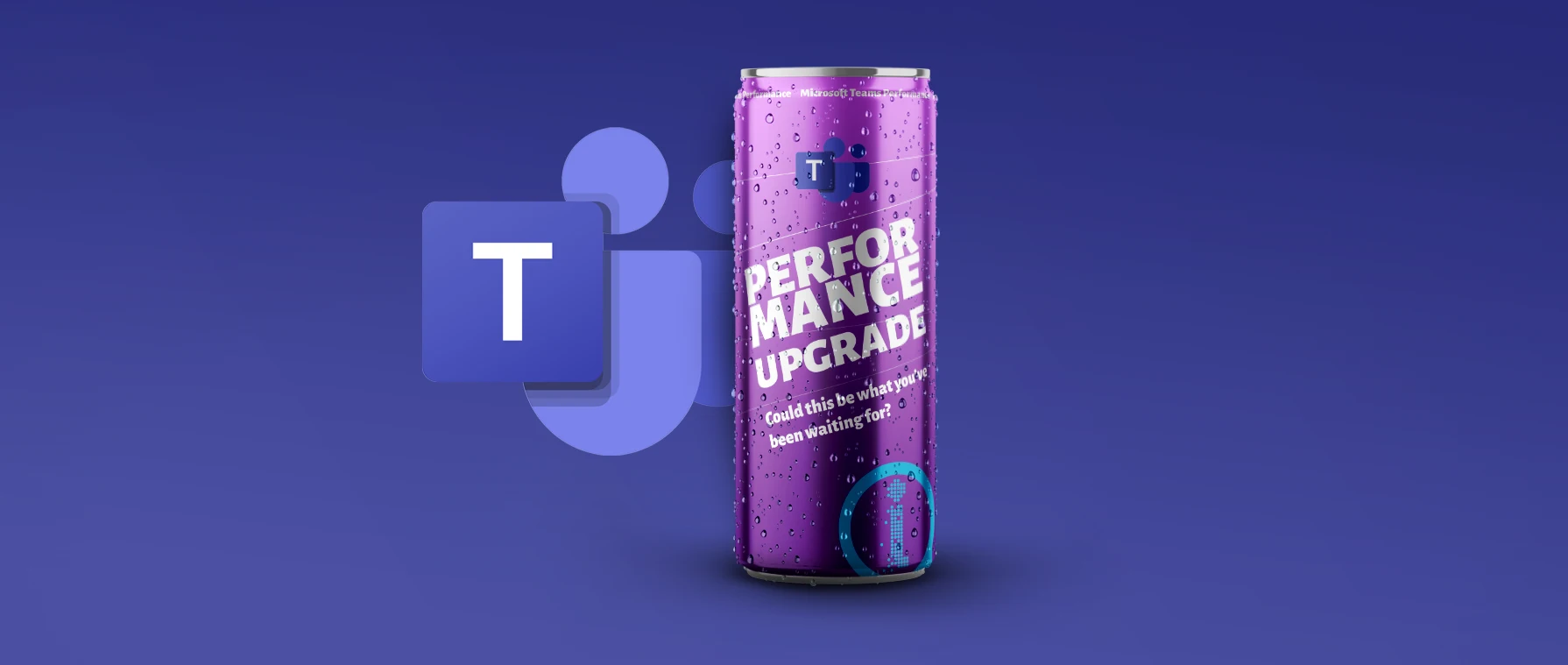Microsoft Teams has been around for some time, but its popularity surged as a direct result of the pandemic, with active daily users in 2021 increasing by over 93% and over 270 million users in 2022. However, since its rise to fame, many Microsoft Teams users have been experiencing performance issues and complained about the high resource usage.
Could this be what you've been waiting for?
Are we on the brink of a faster, more efficient Microsoft Teams? According to The Verge, Microsoft is preparing to launch a new version later this month. Yes, that’s right – March! Microsoft has started testing with plans to roll out a preview later this month.
Microsoft Teams 2.0 brings 50% better performance to the party
Microsoft Teams has been rebuilt from the ground up, which will significantly improve its system resource usage on PCs and laptops. This should result in 50% better performance across memory usage and tax the CPU less, ultimately meaning it doesn’t suck the life out of your laptop so much. The new app moves away from Angular, which should bring UI enhancements and new features such as support for multiple accounts. It will allow users to sign into the app with multiple work accounts.
“With this change, we are taking a major step in Microsoft Teams architecture. We are moving away from Electron to Edge Webview2. Teams will continue to remain a hybrid app but now it will be powered by Microsoft Edge. Also Angular is gone. We are now 100% on reactjs,” said Rish Tandon. “This architecture will help us add support for multiple accounts, work life scenarios, release predictability, and scale up for the client. It will be a journey but with Windows 11 we have taken key first steps.”
Rish Tandon, Former Corporate VP for Microsoft Teams
Faster and more responsive
We’re hoping as much as you that this upgrade, dubbed Microsoft Teams 2.0, addresses many of the performance issues that users have experienced. The improvements should make using Microsoft Teams a lot faster and more responsive when presenting and responding to messages.
This will be launched initially in the form of a preview around late March, which allows users to switch back to the existing app if need be. We will, of course, keep you posted if there are any further updates.












